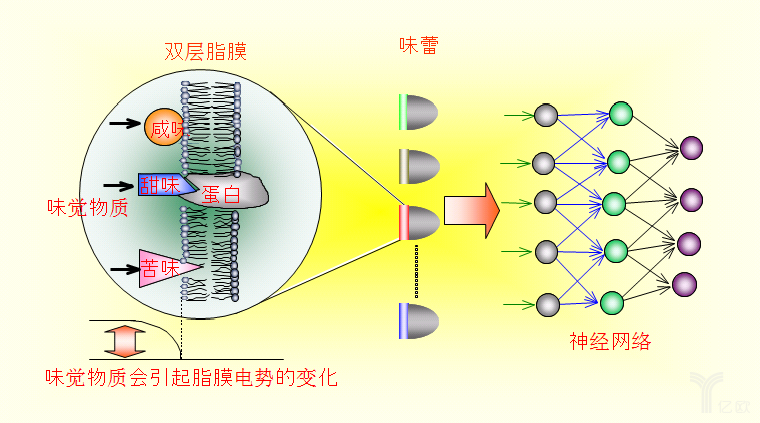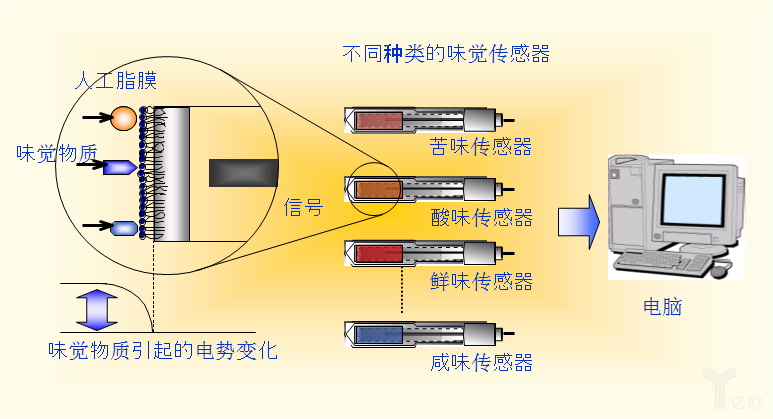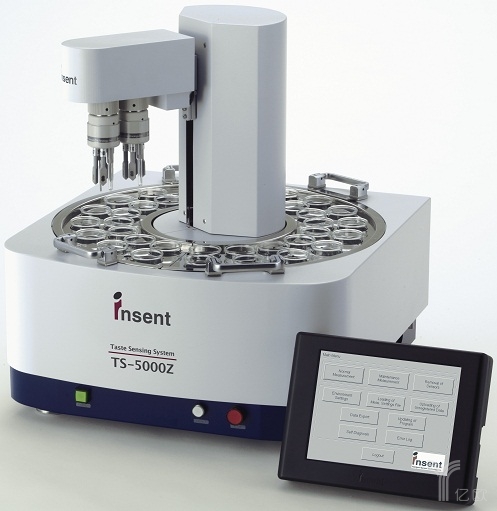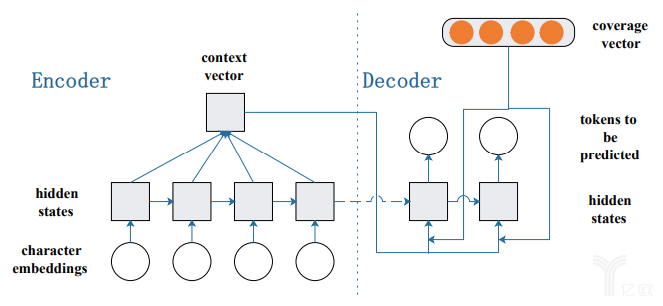In the eight months since the report was released, we have continued to focus on the new industry dynamics of medical AI. We found that the previous research content is more directed at the technical application of Western medicine and Western medicine, but less for Chinese medicine and Chinese medicine. There have been some news of Chinese medicine AI sporadically in the media, but the negative voice is mostly. In this article, the author will sort out the application scenarios of three types of reliable Chinese medicine AI for reference in the industry. Application 1: Intelligent taste analysis system Intelligent taste analysis system, the daily name is "electronic tongue." The electronic tongue adopts the artificial lipid membrane sensor technology similar to the working principle of the tongue dye cells. Through the neural network algorithm, the bitterness, astringency, sourness, salty taste, umami taste and sweetness of food or medicine samples can be objectively and digitally evaluated. And other basic taste sensory indicators. The electronic tongue was originally used for the identification of alcohol grades and was invented by several scientists at the Autonomous University of Barcelona, ​​Spain. The electronic tongue has really begun to be widely used in the taste of food and medicine. It was launched in 2007 by INSENT Japan (disengaged from Japan Anritsu in 2002) and named "TS-5000Z" taste analysis system. The current mainstream products in China are basically derived from this system. The electronic tongue is mainly used in many fields such as quantitative identification of traditional Chinese medicine, drug quality control and processing evaluation. The core focuses on the identification of "bitterness". The first impression of Chinese medicine is "bitterness", so in the processing of Chinese medicine, it is an important link to choose which kind of bitterness inhibitor. Especially with the increasing trend of internationalization, it is very necessary to have a bitterness evaluation standard to solve the problem of the perception of bitterness caused by the region. Under the premise that the post-production drugs with price advantage gradually occupy the market, it is imperative to develop products that are easier to take than the products of competitors. Using a taste sensor to quantify bitterness, it can be inferred which type of dosage form has the best bitterness suppression effect, and is not subject to factors such as national regions, and becomes an objective evaluation standard. The price of imported electronic tongues is relatively high, about 700,000 or more. The price of electronic tongues produced by some universities and research institutes in China is relatively low. For example, Deng Shaoping team of Zhejiang Gongshang University has invented a “Smartongueâ€, which costs about 200,000 to 300,000. In addition to the electronic tongue, there are electronic nose, electronic eye, electronic ear and electronic skin, the principle is the same as the electronic tongue. Application 2: Prescription intelligent generation Since "Shen Nong tastes the hundred herbs", to the "Yellow Emperor's Internal Classics", "Treatise on Febrile Diseases", "Compendium of Materia Medica" and other traditional Chinese medicine masterpieces, there are many ancient Chinese medicines that have been uploaded to the present. These ancient contents often include the two parts of "symptoms" and "prescription", which have formed a good mapping relationship. In recent years, algorithms such as Recurrent Neural Network (RNN) and seq2seq have gradually improved their effectiveness in the field of natural language understanding. Recently, domestic researchers are also trying to apply intelligent generation of Chinese medicine prescriptions. In January of this year, three researchers from the Key Laboratory of Computational Linguistics of Peking University and Beijing University of Traditional Chinese Medicine published papers. Based on the seq2seq model, the researchers used the coverage mechanism and masking to train using the Pytorch framework. The automatic generation of prescriptions. Image Source: Thesis Exploration on Generating Traditional Chinese Medicine Prescription At present, domestic enterprises have launched intelligent diagnostic products. Typical enterprises include Kangfuzi, Sogou Ming Medicine, Ping An Doctor, Zhuojian Technology, etc. There are also enterprises that introduce intelligent recommendation drug system. The typical representative is pharmacist Xiao Qiao, self-test medication. , the nine doctors, the Dabai AI robot, etc. In the intelligent diagnosis of Chinese medicine, the National Medical Center has tried. However, the intelligent generation of Chinese medicine prescriptions should be the first case. Application 3: Personalized Chinese medicine paste customization With the advancement of gene sequencing and biotechnology, people began to realize that each person's internal environment is a special ecological circle, so different people react differently to the same food or medicine. Domestic health, carbon cloud intelligence and other companies focused on health management are trying to build a life and health database for each person by collecting human body traits (traits) data, metabolic data and genetic data, thus helping everyone in the diet, Health management services are provided in various aspects such as work and rest. In the field of Chinese medicine, the effect of Chinese medicine on each individual will be different. The traditional Chinese medicine paste based on the concept of “average†cannot meet the individualized and customized needs of patients of different ages, regions, genders and different disease histories. Ping An Good Doctor is trying to customize the customization of Chinese medicine cream, but it is still at a very early stage. Based on the historical data of each patient accumulated in the background of Ping An Doctor's products, the user images are composed in real time through the AI ​​algorithm. At present, the traditional Chinese medicine cream is launched in cooperation with the chain Chinese medicine clinics such as Gushengtang. The application of the above three types of Chinese medicine AI is believed to be only the tip of the iceberg. With the qualitative, quantitative, and formulation reform of Chinese medicine and the construction of Chinese medicine database, data and algorithms will hope to become a new opportunity for Chinese medicine to rise in this era. Silver Sulfadiazine Gauze Dressing Silver Sulfadiazine Gauze Dressing,Sulfadiazine Silver Gauze Dressing,Silver Sulfadiazine Gauze,Antisepsis Silver Sulfadiazine Gauze Dressing Roosin Medical Co.,Ltd , https://www.roosinmedical.com



From Symptoms with an End-to-End method